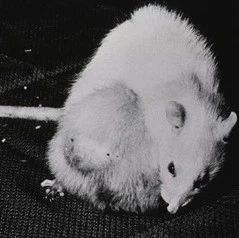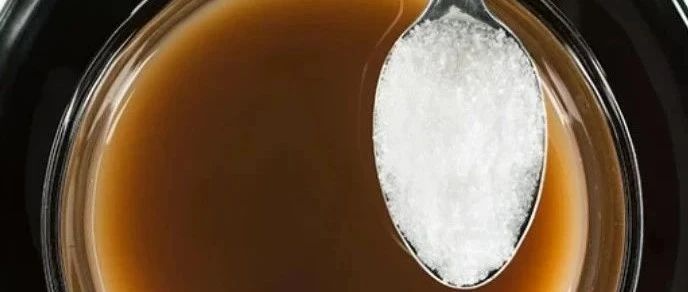诱导多能干细胞具有在体内分化为任何类型细胞的功能,这为药物研究和再生医学提供了强有力的研究工具。不过目前要在实验室大规模地将诱导多能干细胞诱导分化为特定细胞并非易事。为了解决这一挑战,新加坡A*STAR的一个干细胞研究小组开发出了一种新的细胞分化方法。利用这种技术,诱导多能干细胞在3D生物反应器中增殖并有效行程神经祖细胞。
“这种方法对于正在发展的细胞治疗以及药物筛选行业来说是一个极大的推动,它可也以用来重复生产大量用于移植和药物研发的细胞,”领导这项研究的A*STAR生物工艺技术研究所科学家Steve Oh表示。
Steve Oh和他的同事利用一种“微载体(microcarrier)”平台开展他们的研究。微载体平台是他们先前为了培养人类胚胎干细胞而开发的一种平台,细胞在3D悬浮系统中的固体小颗粒上生长。他们对这套用于人类诱导多能干细胞的技术进行了优化,证实将蛋白包被的圆柱形微载体置于摇瓶之中培养细胞,每天更换一次培养基即可生产20倍的重编程干细胞。该产量比其他任何报道的批量细胞培养方法的产量都要高。
一般情况下,培养得到的诱导多能干细胞然后需要在陪替氏平皿上经过煞费苦心的操作形成更具特异性的细胞。而在新的3D设备中,只要对生长培养基进行简单的改动,研究者就可以将干细胞诱导变成神经祖细胞,效率高达85%。利用这一技术,每个诱导多能干细胞能产生333个神经祖细胞,而经典的2D培养技术中,每个初始的诱导多能干细胞只能产生53个神经祖细胞。
Steve Oh表示,微载体培养为细胞生长提供了更大的表面积,系统可容纳更多的细胞从而增加产量。
Steve Oh的团队还进而将神经祖细胞诱导生成了许多不同类型的脑细胞,包括神经元、寡树突胶质细胞、星形胶质细胞。Steve Oh解释说,在未来这类神经细胞可用于治疗帕金森症,而寡树突胶质细胞可用于移植治疗脊柱损伤。

 Microcarrier Suspension Cultures for High-Density Expansion and Differentiation of Human Pluripotent Stem Cells to Neural Progenitor Cells
Microcarrier Suspension Cultures for High-Density Expansion and Differentiation of Human Pluripotent Stem Cells to Neural Progenitor Cells
Jo'an Bardy, Allen K. Chen, Yu Ming Lim et al.
Neural progenitor cells (NPCs) derived from human induced pluripotent stem cells (hiPSCs) can be differentiated to neural cells that model neurodegenerative diseases and be used in the screening of potential drugs to ameliorate the disease phenotype. Traditionally, NPCs are produced in 2D cultures, in low yields, using a laborious process that includes generation of embryonic bodies, plating, and colony selections. To simplify the process and generate large numbers of hiPSC-derived NPCs, we introduce a microcarrier (MC) system for the expansion of a hiPSC line and its subsequent differentiation to NPC, using iPS (IMR90) as a model cell line. In the expansion stage, a process of cell propagation in serum-free MC culture was developed first in static culture, which is then scaled up in stirred spinner flasks. A 7.7-fold expansion of iPS (IMR90) and cell yield of 1.3×106 cells/mL in 7 days of static MC culture were achieved. These cells maintained expression of OCT 3/4 and TRA-1–60 and possessed a normal karyotype over 10 passages. A higher cell yield of 6.1×106 cells/mL and 20-fold hiPSC expansion were attained using stirred spinner flasks (seeded from MC static cultures) and changing the medium-exchange regimen from once to twice a day. In the differentiation stage, NPCs were generated with 78%–85% efficiency from hiPSCs using a simple serum-free differentiation protocol. Finally, the integrated process of cell expansion and differentiation of hiPSCs into NPCs using an MC in spinner flasks yielded 333 NPCs per seeded hiPSC as compared to 53 in the classical 2D tissue culture protocol. Similar results were obtained with the HES-3 human embryonic stem cell line. These NPCs were further differentiated into βIII-tubulin+ neurons, GFAP+ astrocytes, and O4+ oligodendrocytes, showing that cells maintained their multilineage differentiation potential.







